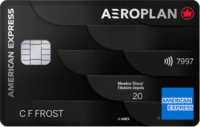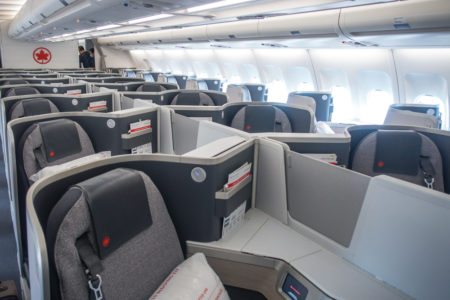
A fixed fare structure for British Airways Executive Club
It could have been worse… While many frequent flyer programs tend to move towards “flexible” fare structures (based on the market rate), British Airways Executive Club has decided to keep a fixed fare structure.
The program has also retained what is in fact its particularity: fares in air miles according to the distance traveled.
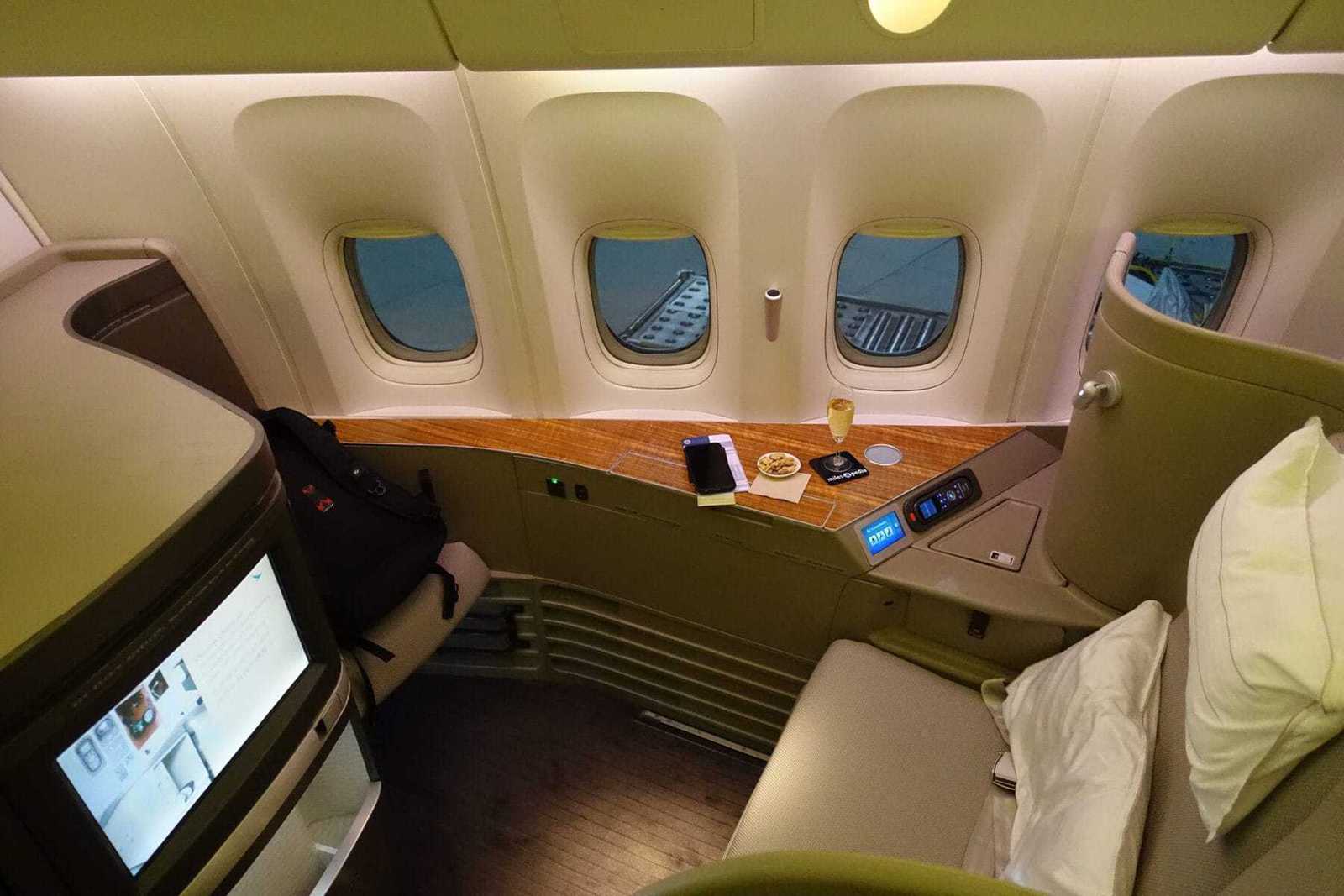
However, all these rates have been re-evaluated upwards.
Here is the new British Airways Executive Club fare structure for flights on Oneworld partner airlines (excluding British Airways, Iberia, Aer Lingus and Vueling).
| Zone | Distance (miles) | Economy | Premium Eco | Business | First |
| 1 | 1-650 | 6,000 | 9,000 | 12,500 | 24,000 |
| 2 | 651-1150 | 9,000 | 12,500 | 16,500 | 33,000 |
| 3 | 1151-2000 | 11,000 | 16,500 | 22,000 | 44,000 |
| 4 | 2001-3000 | 13,000 | 25,750 | 38,750 | 51,500 |
| 5 | 3001-4000 | 20,750 | 41,250 | 62,000 | 82,500 |
| 6 | 4001-5500 | 25,750 | 51,500 | 77,250 | 103,000 |
| 7 | 5501-6500 | 31,000 | 62,000 | 92,750 | 123,750 |
| 8 | 6501-7000 | 36,250 | 72,250 | 108,250 | 144,250 |
| 9 | 7001+ | 51,500 | 103,000 | 154,500 | 206,000 |
Note that in North America, Zone 1 does not exist.
However, the cost is the same as before for flights of less than 650 miles (e.g. Montreal – New York) or 7,500 one-way air miles.
As a reminder, here is what the fare structure was before the changes (this fare structure continues to apply for flights with British Airways, Iberia, Aer Lingus and Vueling):
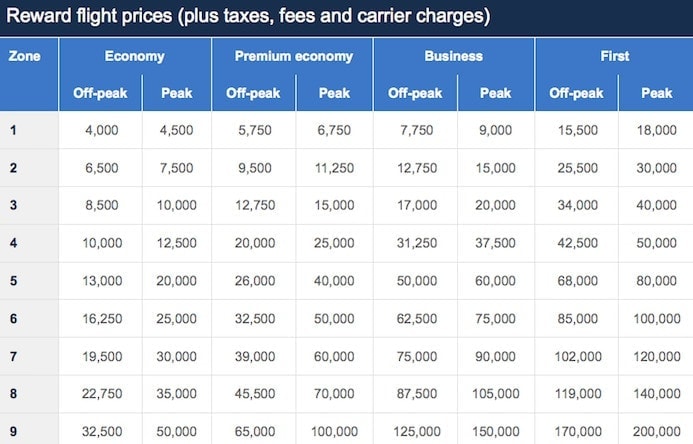
The changes
The biggest changes concern short-haul flights:
- For zone 1 in economy, the increase is 33% (4,500 to 6,000 air miles)
- For zone 2 in economy, the increase is 20% (7,500 to 9,000 air miles)
- For zone 3 in economy, the increase is 10% (10,000 to 11,000 air miles)
- For the other areas, it is about 3-4%.
These short-haul flights remain interesting, especially in Asia (with Cathay Pacific) and particularly in Japan (with Japan Airlines).
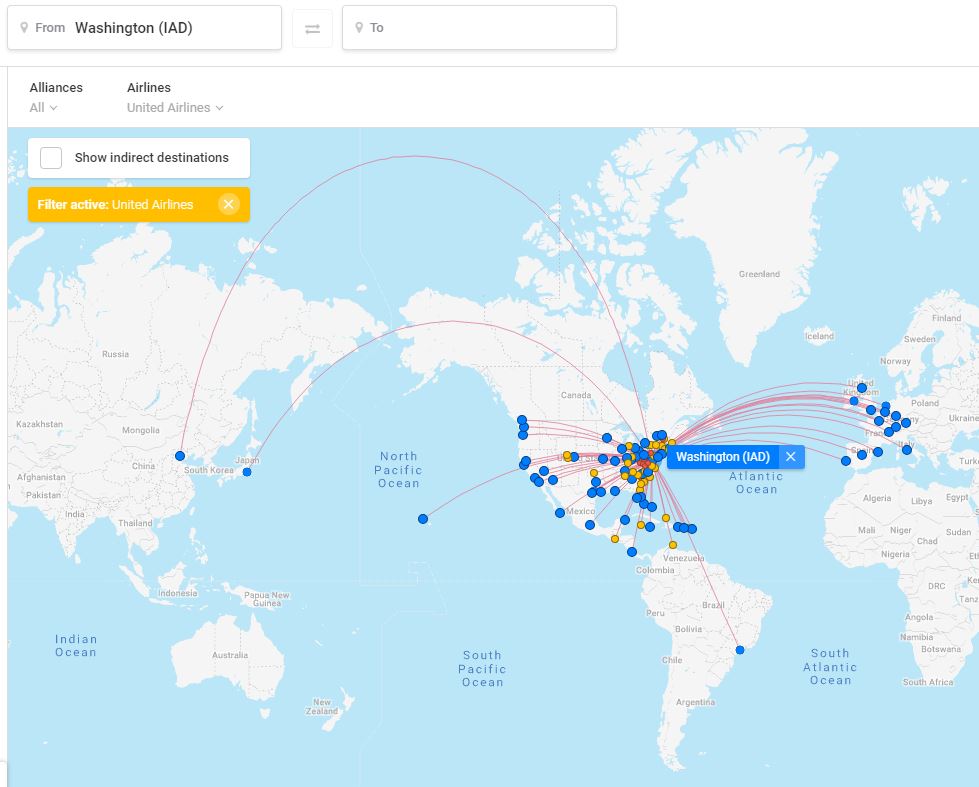
For example, here are some plane tickets I booked a few days before the changes, for a flight between Seoul (ICN) and Taipei (TPE), in 2020.
The cost was 7,500 Avios + $55 in taxes per person.
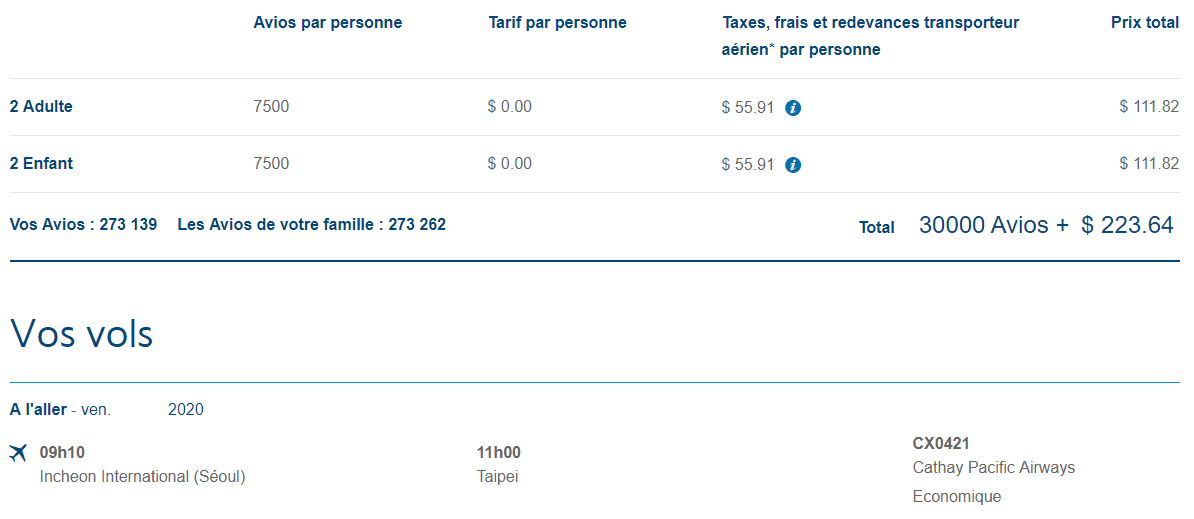
While at the paid fare, this same flight is 435 CA$ / person.

Here I managed to remove:
- ($435 – $55) / 7,500 miles * 100 = 5 cents / mile avios
With these fare changes, that same flight is now 9,000 miles, which would give:
- ($435 – $55) / 9,000 miles * 100 = 4.22 cents / mile avios
Knowing that we estimate the value of a mile avios around 1.7-1.9 cents, the operation is still interesting!
The American Express® Gold Rewards Card Welcome Bonus earns 25,000 Membership Rewards points or 25,000 Avios miles. And while you’re waiting for the right time to convert your Membership Rewards points to Avios miles during a redemption promotion, you can get a lot more!
The latest one from American Express(September 2018) allowed for 30% more avios miles! This means that the 25,000 point American Express® Gold Rewards Card welcome bonus was then earning 32,500 avios miles!
Bottom Line
We don’t like devaluations… but that’s the life of loyalty programs.
And as said above, it could have been much worse with the introduction of a variable tariff schedule… based on market rates.
